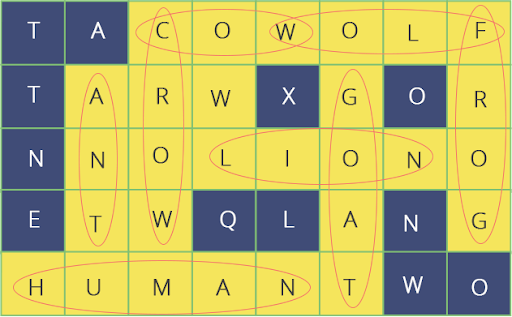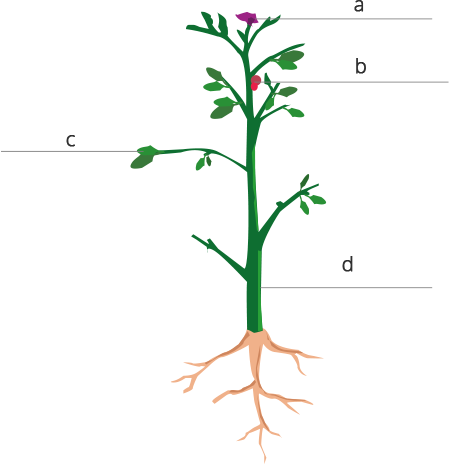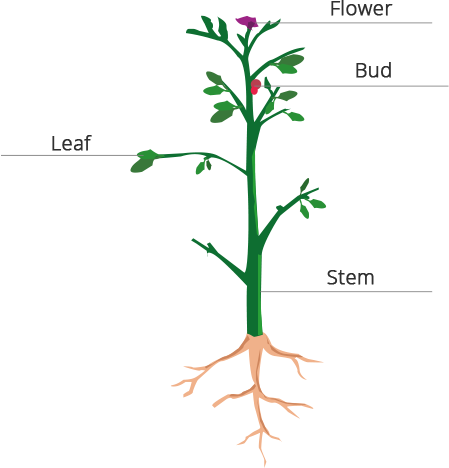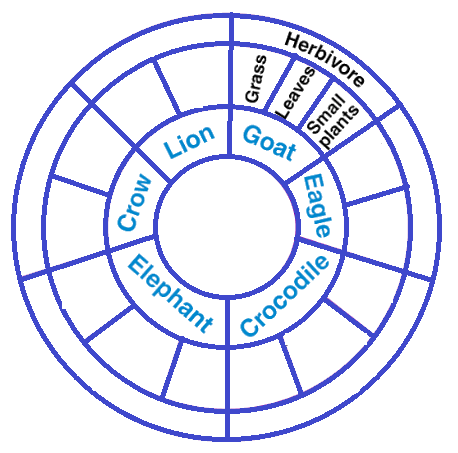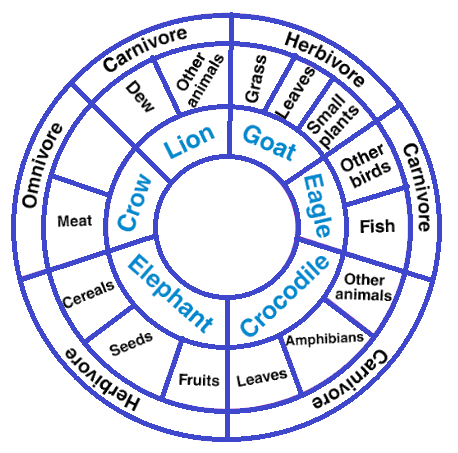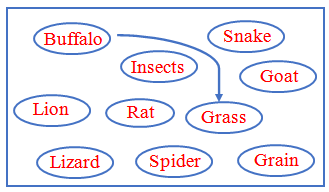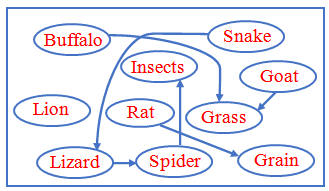Class 6 Science NCERT Exemplar Solutions Chapter 1 Food: Where Does It Come From?
FAQs on NCERT Exemplar for Class 6 Science Solutions Chapter 1 Food: Where Does It Come From?
1. What types of questions can a student of Class 6 expect in this NCERT Exemplar for Science?
The Science Exemplar for Class 6 is expected to have all types of questions that can appear in an exam. It is a very useful tool for the students to get ahead in terms of their exam preparations and ensure that they can pass them with flying colours. They can expect the questions to be in both objectives as well as subjective formats that can help them prepare for answering such questions confidently when they are giving any of their tests or exams.
2. Do the questions in the NCERT Science Exemplar for Chapter 1 Food: Where Does It Come From for Class 6 contain MCQs?
The students of Class 6 have to be well aware of the question papers that they are going to solve when their exam time comes. These are not just in the form of questions that have long answers. The students, while giving answers for questions in Science Exemplar for Chapter 1 Food: Where Does It Come From?, can see that there are also a few of the questions which are in the form of MCQs that they can solve very easily. All they have to do is ensure that they are choosing the correct answer.
3. How can a student prepare well for their exams with the help of Class 6 NCERT Exemplar for Science?
A student of Class 6 needs some extra attention to pay to their studies to get the marks they want. This includes having the right kind of study material to ensure that they can attain their goal. The NCERT Science Exemplar solutions by Vedantu is a great asset to them when it comes to preparing for their exams or even tests. They can also find a few ideas in this resource that can make them strategize and score smartly in their exam papers.
4. How can NCERT Exemplar Class 6 Science Chapter 1 Food: Where Does It Come From help the students in scoring more marks?
The NCERT Exemplar Class 6 Science Chapter 1 Food: Where Does It Come From? is a great practice for the students to ensure that they are well versed when it comes to this particular chapter. The students can get good marks using these, thanks to the way these are curated by the hands of the experts who take it upon themselves to have the students work hard to achieve their goals. This is also a good way for the students to revise their syllabus on a chapter-wise basis.
5. Where can a student find help for writing the correct answers to the NCERT Exemplar Class 6 Science Chapter 1 Food: Where Does It Come From?
Answers to the questions in Class 6 exams, especially in the Science subject need to be to the point. This is one of the skills that the students must acquire as well before going through with their exams. They can ensure the right way of answering the questions for Chapter 1 Food: Where Does It Come From? by getting the NCERT Exemplar for Class 6 Science for the same chapter. They can also get the solutions if they download the PDF of the same from Vedantu.
Recently Updated Pages
NCERT Exemplar for Class 12 Biology Chapter 16 - Environmental Issues (Book Solutions)

NCERT Exemplar for Class 12 Physics Chapter 15 - Communication Systems (Book Solutions)

NCERT Exemplar for Class 12 Chemistry Chapter 5 - Surface Chemistry (Book Solutions)

NCERT Exemplar for Class 12 Biology Chapter 9 - Strategies for Enhancement in Food Production (Book Solutions)

NCERT Exemplar for Class 12 Physics Chapter 5 - Magnetism And Matter (Book Solutions)

NCERT Exemplar for Class 12 Physics Chapter 8 - Electromagnetic Waves (Book Solutions)

Trending pages
Textbooks Solutions for CBSE and ICSE Board of Class 1 to Class 12

NCERT Exemplar Class 10 Science (Book Solutions)

NCERT Exemplar Problems with Solutions - Free PDF Download

NCERT Exemplar for Class 9 Science

NCERT Class 10 Maths Book Solutions For Conceptual Development

Class 9 Math NCERT Exemplar Chapter wise Solutions - Free PDF Download

Other Pages
Free Height Converter Calculator (Feet, Inches & Cm)

Million to Rupees Calculator: Convert Million Values to Indian Rupees

1 Billion in Rupees: Explained with Examples & Conversion

Month Names for Students: Meanings and Easy Practice

What is the Full Form of AM and PM?

Explore the Newest English Words and Their Meanings







